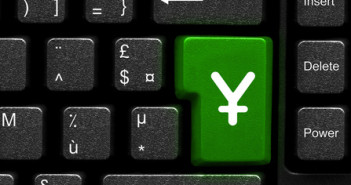The Philadelphia Fed Index is a key manufacturing report closely monitored by analysts and traders. The manufacturing sector is an important component of the economy and the index provides a useful reading for determining whether the economy is in a growth or contraction phase. An index reading which exceeds the forecast is bullish for the US dollar.
Here are all the details, and 5 possible outcomes for USD/JPY.
Published on Thursday at 15:00 GMT.
Indicator Background
The Philadelphia Fed Index is a leading indicator which measures regional manufacturing growth. It is based on a survey of manufacturers’ opinions of business activity, and as such provides a snapshot of the business climate in the US.
The index rose sharply last month, climbing to 10.3 from the previous reading of 3.6. It also easily beat the market forecast of 5.1. The index hasn’t been this high since April, so this points to renewed activity in the manufacturing sector. The markets are not anticipating much change for the January reading, with a forecast of 10.7. Will the index again suprise the markets with a strong reading?
Sentiments and levels
US economic indicators are for the most part positive, and investors are favoring the dollar over other major currencies, such as the Euro. On the other hand, with USD/JPY under 77, the BOJ may intervene and raise interest rates to prop up the overvalued yen. So, the overall sentiment is neutral on USD/JPY towards this release.
Technical levels, from top to bottom: 79.50, 78.30, 77.50, 77, 77.60, 76.25 75.95 and 75.57.
5 Scenarios
- Within expectations: 7.0 to 13.0: In such a case, USD/JPY is likely to rise within range, with a small chance of breaking higher.
- Above expectations: 13.1 to 17.0: An unexpected higher reading can send the pair above one resistance level.
- Well above expectations: Above 17.0: The chances of such a scenario are low. A second resistance line might be broken on such an outcome.
- Below expectations: 3.0 to 6.9: A lower increase than forecast would help push the pair downwards, and one support level could be broken.
- Well below expectations: Below 3.0: A poor reading close to the zero level or in negative territory would likely push the pair below one or more support levels.
For more on the yen, see the USD/JPY.
